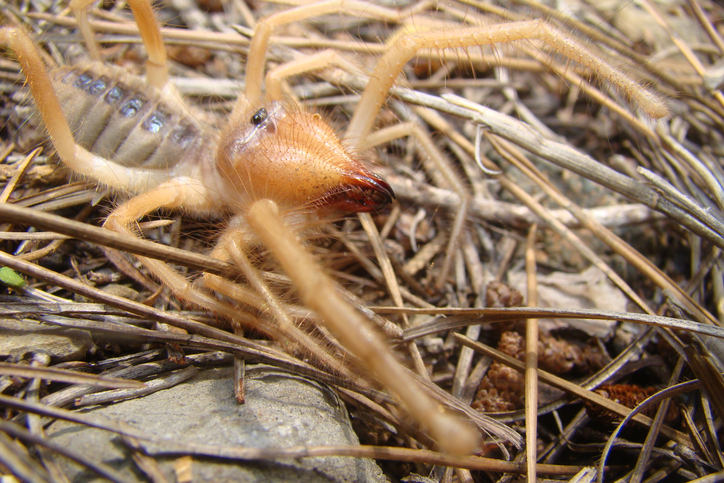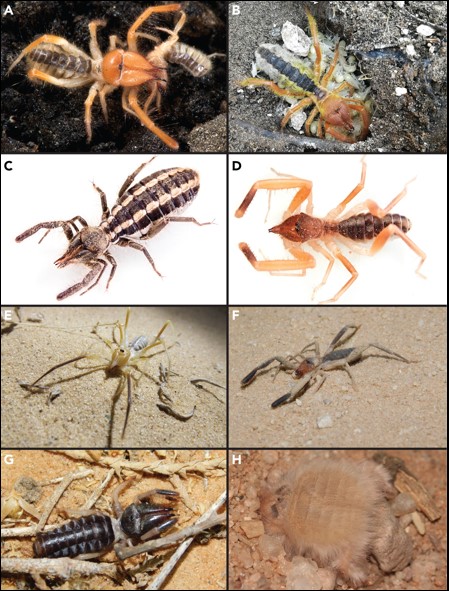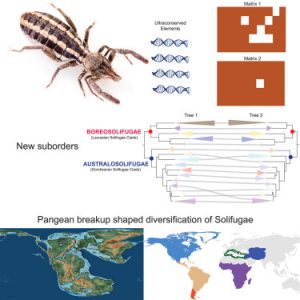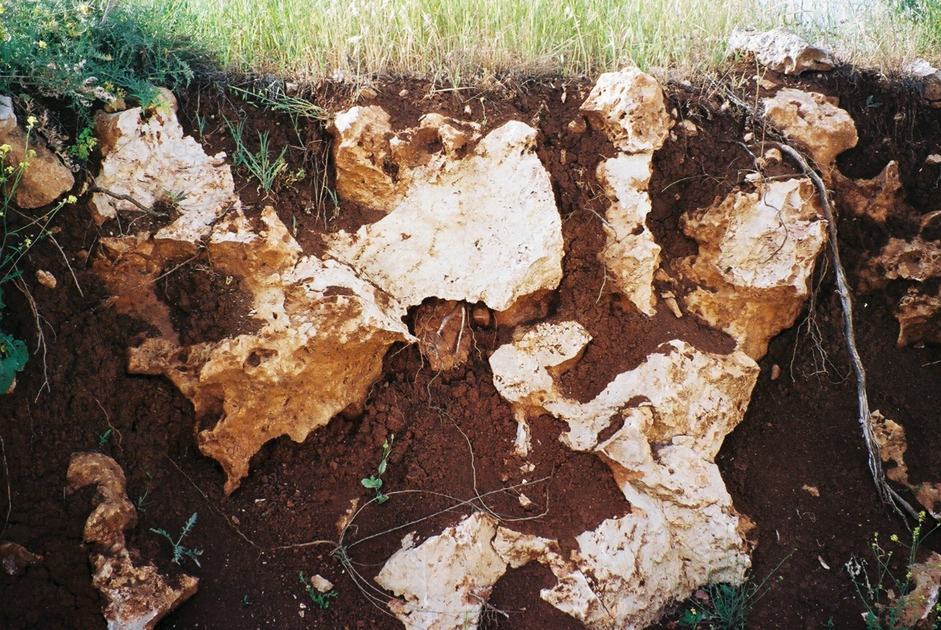
September 14, 2023 – A team of researchers including the Hebrew University of Jerusalem (HU) has increased the understanding of arachnid evolution including the remarkable camel spider, using modern genomic techniques to uncover the mysteries of enigmatic organisms living in challenging environments.
A new study in iScience, published by Cell Press, successfully establishes the first-ever comprehensive molecular tree (phylogeny) of this arachnid order. The findings, based on advanced sequencing technologies and a novel dataset, provide invaluable insights into the camel spider’s evolutionary history and relationships.
Camel Spiders (Solifugae), often referred to as “neglected arachnid cousins,” have long been a subject of fascination due to their remarkable features, including aggression, exceptional running speed, and adaptation to arid environments. Despite their notoriety, the lack of a higher-level phylogeny (evolutionary history) has left many questions unanswered about these intriguing creatures.

Dr. Efrat Gavish-Regev, Scientific Manager of Arachnida and other Terrestrial Arthropods at the Hebrew University National Natural History Collections, collaborated with researchers from the University of Wisconsin-Madison and several other institutions. Together, they developed advanced techniques that examine specific genome elements conserved in all camel spiders, and the regions around them that changed during evolution.
“Our work has finally brought camel spiders out of the shadows and into the light of phylogenomic analysis,” says Dr. Gavish-Regev. “We now have a better picture of their evolutionary history and relationships, and our proposed suborders provide a solid framework for future research in this fascinating field.”
“This research helped us create a clear, higher-level tree for camel spiders and their evolutionary relationships,” she continues. “We discovered that there are two main groups of camel spiders in the Americas, and they are part of a bigger group of camel spiders that started evolving in tropical regions a long time ago.”
They suggest creating two new groups: one for camel spiders from Laurasia (a landmass in the northern hemisphere) called “Boreosolifugae” and another for those from Gondwana (a southern hemisphere landmass) called “Australosolifugae.”
By looking at ancient evidence, including fossils, the researchers determined that camel spiders began evolving around 250-300 million years ago during the Permian period. Most of these camel spider families were already different from each other before a major extinction event around 66 million years ago, an event during which many species, including dinosaurs, disappeared. This suggests that the breakup of continents had a significant impact on how camel spiders evolved.

The novel method used can also utilize historical material and leverage fragmented DNA for genetic analysis of other species.
This project was supported by grants from the Binational Science Foundation and the National Science Foundation.
* “Neglected no longer: Phylogenomic resolution of higher-level relationships in Solifugae
Research Team: Siddharth S. Kulkarni-1, Hugh G. Steiner-1, Erika L. Garcia-2, Hernán Iuri-3, R. Ryan Jones-3, Jesús A. Ballesteros-4, Guilherme Gainett-1, Matthew R. Graham-5, Danilo Harms-6, Robin Lyle-7, Andrés A. Ojanguren-Affilastro-3, Carlos E. Santibañez-López-8, Gustavo Silva de Miranda-9, Paula E. Cushing-2, Efrat Gavish-Regev, Prashant P. Sharma-1
Participating Institutions:
1-Department of Integrative Biology, The University of Wisconsin-Madison
2-Department of Zoology, Denver Museum of Nature & Science
3-División de Aracnología, Museo Argentino de Ciencias Naturales “Bernardino Rivadavia”, Buenos Aires
4-Department of Biology, Kean University
5-Department of Biology, Eastern Connecticut State University
6-Museum of Nature Hamburg – Zoology, Department of Invertebrates, Leibniz Institute for the Analysis of Biodiversity Change, Hamburg
7-Biosystematics: Arachnology, ARC—Plant Health and Protection, Pretoria
8-Department of Biology, Western Connecticut State University, Danbury
9-Department of Entomology, National Museum of Natural History, Smithsonian Institution
10-The National Natural History Collections, The Hebrew University of Jerusalem
About the National Natural History Collections
The National Natural History Collections at the Hebrew University of Jerusalem are the most extensive biological collections of the Middle East. In addition to serving as a physical documentary of the regional natural history, the collections provide research material for studies in evolution, ecology, taxonomy, systematics, biodiversity, nature conservation, agriculture, wildlife forensics, history, and more. To learn more about the National Collections https://en-nnhc.huji.ac.il/



